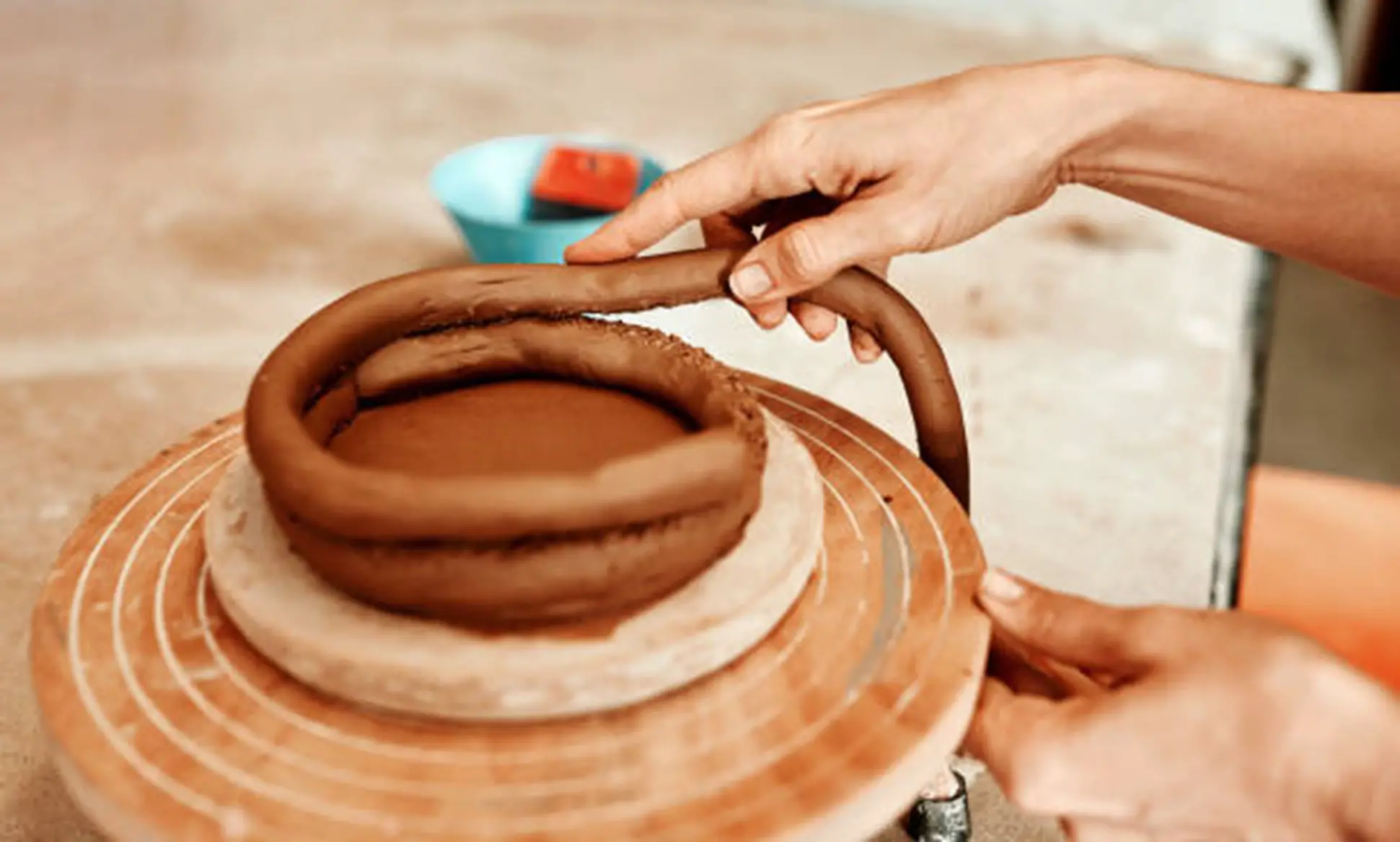Coil pottery transcends time and cultures as a testimony of human creativity and artistic expression. For a long time, it has been a respected art form in pottery that represents greater creation. Diverse cultures and civilizations have spent their resources creating functional yet artistic pieces that live to tell the tale of their development. This diverse article focuses on the rich ambit of coil pottery’s history, uncovering its earliest origins, the evolution of techniques and tools, and the significance it holds in art and culture.
Significance of Coil Pottery in Art and Culture
Coil pottery has been critical in history’s artistic and cultural landscape. While also a means for functional purposes, coil pottery serves as a medium for cultural expression and aesthetic representation. From ancient civilizations to contemporary art scenes, the significance of coil pottery continues to create a narrative that connects humanity across time. The vessels created through coil pottery were not just valuable objects but were of cultural importance. In many societies, making coil pottery was a communal effort. In modern coil art, equipment like S&E Pottery & Clay Sculpting Tools shapes pottery into meaningful pieces with ergonomic comfort and ease.
Tracing the Earliest Evidence of Coil Pottery
Its earliest evidence must be carefully studied to truly understand the roots of coil pottery. Archaeological findings reveal that coil pottery is thousands of years old. The earliest coil pottery artifacts provide a glimpse into our ancestors’ daily lives and artistic endeavors. The ancient civilizations of Mesopotamia, Egypt, and China all hold remarkable examples of coil pottery.
Evolution of Coil Pottery
Coil pottery has evolved across cultures through time to become a functional activity that portrays shared identity. Let us see how this played out.
Advancement in Techniques and Tools
As coil pottery evolved, so did the techniques and tools involved in its creation. Early artisans used rudimentary tools, while technological advancements led to the development of refined instruments. In ancient times, the coiling process was often done by hand, with potters relying on their skills to create sturdy structures. The introduction of potter’s wheels then revolutionized the coil pottery process.
Historical Examples of Coil Pottery Artefacts
The historical landscape of coil pottery is adorned with various artifacts that serve as windows into ancient times. Different unique cultural identities come to life within this collection with the intricately decorated vessels of ancient Mesopotamia and the delicate coil-built ceramics of Mesoamerican cultures. The ancient Greeks, known for their contributions to the arts, also left remarkable examples of coil pottery.
Changing Designs and Styles
Coil pottery is not a static art form; it has undergone significant transformations in design and style throughout the ages. The evolution of societal norms, artistic movements, and cross-cultural influences has shaped how coil pottery comes to fruition. From the simplicity of early designs to the ornate complexities of later periods, the changing aesthetic reflects the dynamic nature of human expression.
Regional Variations
One of the most fascinating aspects of coil pottery is its regional variations. Different cultures have brought unique perspectives and artistic traditions into the craft, bringing a rich collection of styles. While there are the earthy tones and geometric patterns of Native American coil pottery, there are the vibrant, narrative-driven designs of African coil vessels; every region brings something tangibly beautiful.
Modern Adaptations and Innovations
In the contemporary era, coil pottery thrives as artists blend tradition with innovation. Modern potters experiment with newer materials, styles, and forms, which help them push the boundaries of this craft. The fusion of aesthetics has given rise to a diverse landscape of coil pottery in the present day. Contemporary artists often draw inspiration from global traditions and merge various influences into their work. Some artists explore the intersection of coil pottery with other artistic mediums to create work that challenges traditional notions of pottery form.
Conclusion
It can be rightfully said that a journey into the history of coil pottery brings intersections of times and cultures that reveal enduring dedication toward this craft. Since its humble beginning as a communal craft, coil pottery has retained its cultural significance as a beloved activity that continues to thrive.







